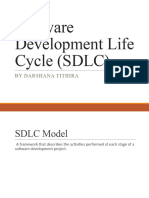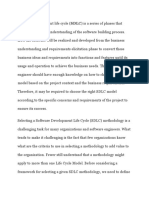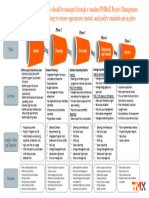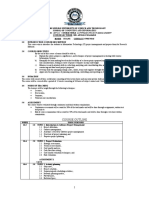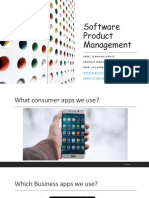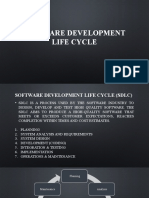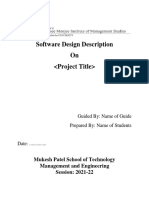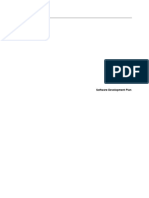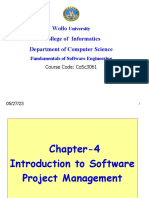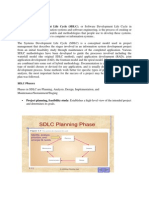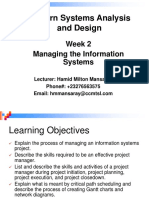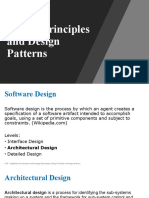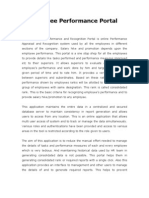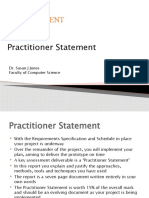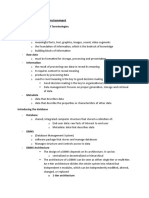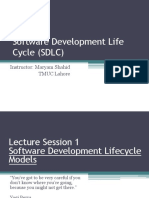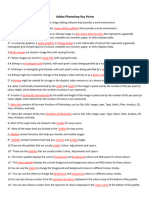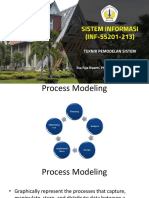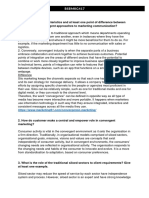0% found this document useful (0 votes)
183 views58 pagesSDLC Overview and Waterfall Model
The document describes the software development life cycle (SDLC), which is a structured, sequential process for developing software. It consists of several key phases: communication, requirements gathering, feasibility study, system analysis, software design, coding, testing, integration, implementation, and operation and maintenance. Each phase provides key inputs for the next. The SDLC framework helps ensure software is developed efficiently and reliably.
Uploaded by
Arnab ChakrabortyCopyright
© © All Rights Reserved
We take content rights seriously. If you suspect this is your content, claim it here.
Available Formats
Download as PDF, TXT or read online on Scribd
0% found this document useful (0 votes)
183 views58 pagesSDLC Overview and Waterfall Model
The document describes the software development life cycle (SDLC), which is a structured, sequential process for developing software. It consists of several key phases: communication, requirements gathering, feasibility study, system analysis, software design, coding, testing, integration, implementation, and operation and maintenance. Each phase provides key inputs for the next. The SDLC framework helps ensure software is developed efficiently and reliably.
Uploaded by
Arnab ChakrabortyCopyright
© © All Rights Reserved
We take content rights seriously. If you suspect this is your content, claim it here.
Available Formats
Download as PDF, TXT or read online on Scribd
/ 58

